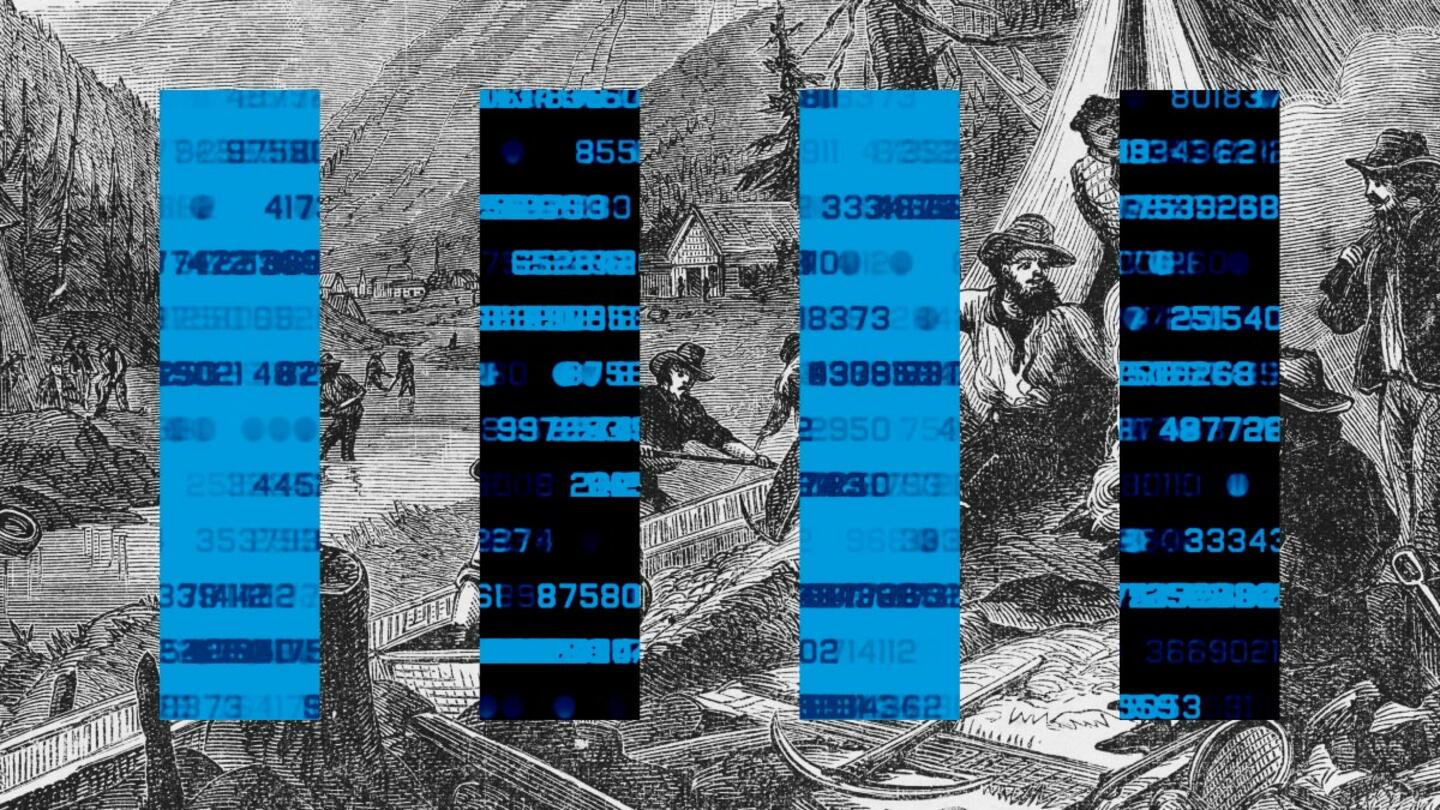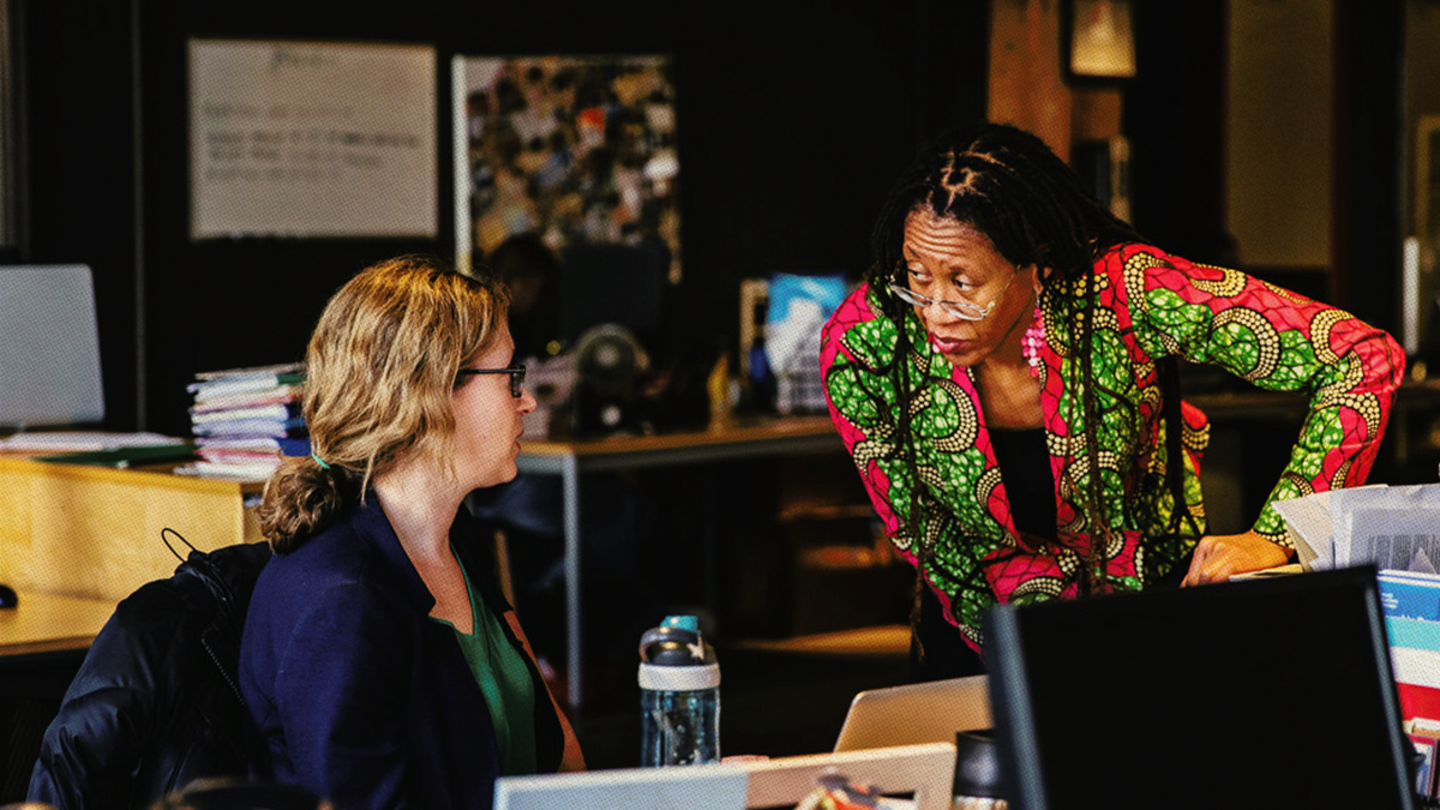When it comes to lifelong learning and pursuing experience on the job, did we get it right 50 years ago?
This question interests Stand Together’s Andrew Tonsing in his role as vice president of Future of Work, where he is dedicated to shifting the United States’ approach to empowering individuals in the workplace. He explained that in the middle of the 20th century, it was standard for employees to learn new skills and grow their expertise — on the job.
“The expectation was that people were going to need to be trained on the valued skills they’d need to apply day-to-day in the job, and as those changed, they’d upskill,” he said. “[Employers would] train the workforce as it evolved.”
Slowly, however, employers started to outsource employee training to higher education institutions. Even then, higher education wasn’t the answer for everyone: People in highly technical positions, for instance, still needed instruction that grew with the job.
In the decades since, higher education has increasingly monopolized workforce preparation across all sectors.
A lot was lost along the way, Tonsing said. The current education system and workforce focus on preparing students to enter a career path of their choosing. However, it neglects to recognize that the experience of work itself often shows employees what skills they need to develop and what interests they’d like to pursue. Higher education does a poor job of helping people find the paths they’d be good at and find fulfilling. In addition, people who enter the workforce without higher education often find the career paths they want to pursue — but without the degree, they’re blocked from doing so.
That’s where upskilling, the practice of learning new professional skills on the job, comes in.
Through upskilling, workplaces such as CVS, Amazon, and Google empower employees to explore and train for in-demand roles that interest them while still working in their current jobs. According to Tonsing, this doesn’t just mean more fulfilled, engaged, and driven employees — it means a workforce that’s more adaptable, flexible, and prepared to take on whatever developments the future brings.
Making the shift to educating workers throughout their careers — not before
The mismatch between the reality of what the workplace needs and how our education system prepares workers comes down to a core issue: The pathway is one-size-fits-all, and the workforce is anything but.
“We outsourced our workforce development to higher education,” Tonsing explained. “Society said, ‘How do we give people opportunity? Higher education is the existing scalable platform that’s out there. We’ll encourage them to go into that. We will define cultural success around that.’”
But this presents a glaring problem: Colleges and universities are static and nonresponsive institutions. Many of them rely on curriculums designed up to a decade ago, and they’re slow to recognize and adapt to changes.
At the same time, the economy is moving fast. It makes sense that for certain sectors that are seeing accelerated innovation — like semiconductors, cyber, or artificial intelligence — workers can’t rely on a base of foundational knowledge from years ago.
“This idea that you’re going to go for four years, get what you need, and be good for a 30- or 40-year career is increasingly disconnected from the reality that people need [upskilling] all the time,” Tonsing said. “We’re trying to push more and more people into higher education, but … higher education doesn’t know how to give people the long-term skills needed for a fast-changing economy. They’re always five to 10 years behind.”
Not to mention, higher education has become cripplingly expensive. From 1970 to 2010, enrollment steadily increased by hundreds of thousands every year, in line with Tonsing’s description of workforce preparation largely shifting to higher ed — but around a decade and a half ago, undergraduate enrollment took a nosedive and has continued to fall.
Many people forgo the traditional four-year degree, unable to justify its costs. But this means a whole community of potential applicants is automatically shut out of the workforce, where many jobs, especially high-paying ones, still maintain a four-year degree requirement. Tonsing refers to this community by the popular acronym STARs, coined by the organization Opportunity@Work: people who are Skilled Through Alternative Routes. There are over 70 million STARs in the United States who have already demonstrated the talent necessary for roles that pay 50% more than their current jobs.
“It doesn’t matter if you can do the work,” Tonsing said. ”If you don’t have a degree, you’re not able to even enter.”
Many STARs use the years they would have spent in college to instead gain valuable professional experience that equips them with crucial talents and skills. However, employers haven’t evolved to recognize and elevate people with skills developed in informal environments. As a result, many STARs are denied the opportunity to participate fully in the job market — and to flourish as individuals.
“They don’t have degrees, but they’ve been in the workforce,” Tonsing said. “They’ve learned on the job informally, often just through doing the work. But they’re boxed out of jobs that they could contribute to … they can’t actually be promoted or put into these roles. That leads to 70 million people who are not on a path to finding their purpose and being productive employees.”
Sign up for Stand Together's Rethinking Work & Learning newsletter to get the latest stories, ideas, and trends on the future of employment.
Instead of skills and certifications, employers should seek out aptitude and promise
The fix seems clear: Employers should provide more opportunities for STARs to fill roles for which they are qualified and for all their employees to upskill while on the job. But what does that look like in practice, and how can an employer know where to begin?
According to Tonsing, it starts with an intentional assessment of an organization’s needs and the skills that will best bolster its mission. “It comes down to understanding what skills and traits are required to succeed in a role and what can be trained on the job,” he said.
Once employers have a clearer idea of what they’re looking for, they can begin to seek out applicants for these roles. However, assessing potential without using traditional metrics like the four-year degree can be tricky.
“The focus [should] not be, ‘Do you have everything needed right now for a job?’” Tonsing said. “You need to look not just for the hard skills that people can do, but their overall aptitudes. In a changing workforce, we [need] to leverage human potential and capabilities in people and find a way to connect that to what they’re good at.”
He listed collaboration, leadership, and problem-solving as examples of traits that could be larger indicators of success over the long term. When employers position new workers into roles where these qualities can shine, the entire organization benefits.
Tonsing highlighted a partnership between CVS Health Corporation and Escalate, a training platform that provides support to front-line workers. Turnover is high in these roles because these workers are unable to see a path for growth. However, through Escalate, CVS is training thousands of these workers toward vacancies for mid-level roles in health care, IT, and store management, depending on their unique skills and interests.
“Maybe I’m somebody who enjoys managing a store or would enjoy providing health care to patients or something in the IT world,” Tonsing said. “Escalate helps them understand the roles that are out there, which ones would match their goals and aptitudes, and then put them on a one-to-two-year training program.”
The benefits are mutual. Employees have access to higher levels of fulfillment and purpose within their companies, resulting in fewer vacancies and less turnover. Companies that provide in-house support and upskilling to their employees can see a 20% increase in retention and a 21% increase in engagement.
More importantly, they can create a completely new working environment where employees are recognized as individuals and elevated for their unique talents, skills, and perspectives.
“People in these jobs are more fulfilled,” Tonsing said. “They’re more likely to find ways the company could better innovate. They’re more willing to come up with ideas. These are the people closest to the problems that customers are facing. So [employers] are getting a more long-term, productive, loyal, and innovative workforce.”
CVS isn’t the only company catching on to the benefits upskilling can bring. Amazon has partnered with Unmudl, an organization providing skills-to-jobs pathways, to design a mechatronics training program for its front-line employees and job applicants. And Google announced a $100 million Career Certificates Fund in February 2022 to help people finance high-quality training pathways. Many other organizations are following suit.
“When [workers] go into those jobs, they feel valued,” Tonsing said. “They’ve been invested in. They enjoy it. They gain purpose and meaning, and they’re better workers within those roles. The key thing is not just … putting them in new jobs, but actually giving that individual agency to say, ‘Are you finding the right path that meets your goals and needs?’”
From a transactional workplace to a transformational one
The workforce of the future should embrace “constant transformation and lifelong learning … understanding what are your aptitudes and strengths, connecting you to things you find the most purpose in, and then constantly training for those things,” Tonsing said.
This isn’t a one-off process. Instead, Tonsing envisions a workforce where employers and workers alike engage in this reflection, education, and growth multiple times throughout their careers, creating “a much more fluid system of career progression powered by lifelong learning. It’s a much more dynamic process, investing in people based on who they are.”
For the STARs who are poised to unleash their potential in the workforce, the transformation could be life-altering.
“A lot of people look at work as transactional: ‘How are you giving me better wages and benefits?’” Tonsing said. However, shifting workplaces to environments of constant recognition, support, and learning could change the foundation of worker-employer relationships altogether “to one where [workers] find purpose and meaning.”
“My American Dream is defined through the contribution that I’m making within the workplace,” Tonsing said. “That’s because of the opportunities I have to continually transform and grow and develop and contribute. Based on my own goals, my own strengths, and what I value.”
***
Escalate and Unmudl are supported by Stand Together Ventures Lab, which invests in and supports founders and their early-stage start-ups that are challenging the status quo.
Learn more about Stand Together’s efforts to transform the future of work, and explore ways you can partner with us.

Why AI may help more people achieve the American Dream.

Data centers are at the forefront of the ‘new economy.’ But what exactly are they?

Here’s how to bridge the disconnect between employers and employees.

Lessons learned from Colorado.
